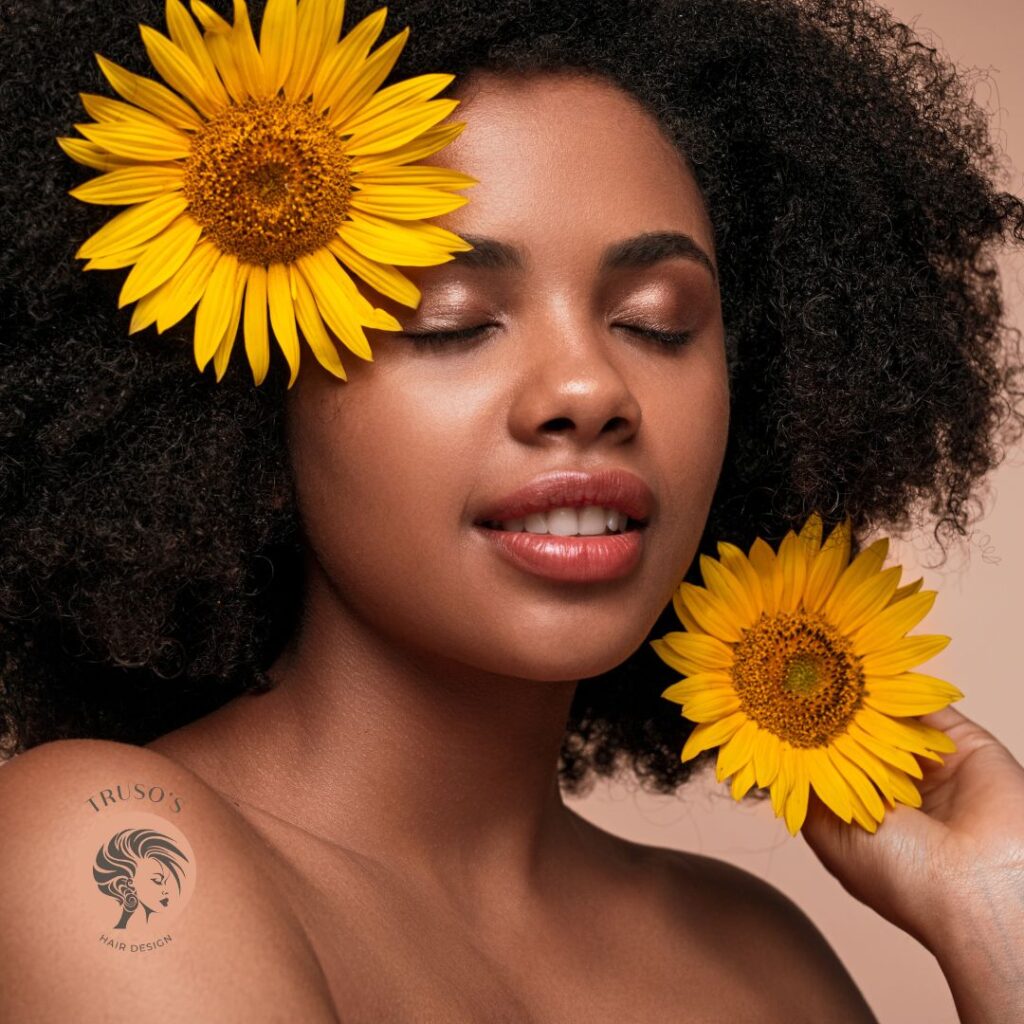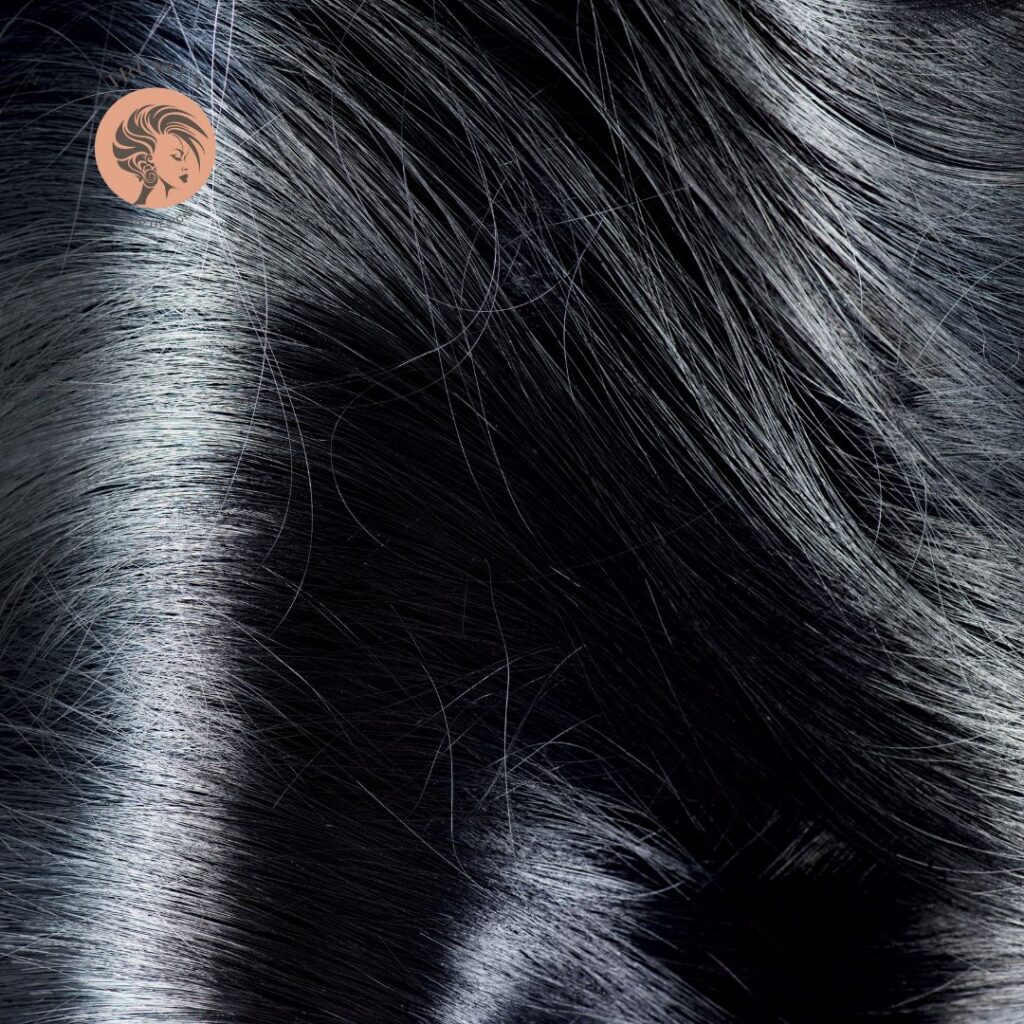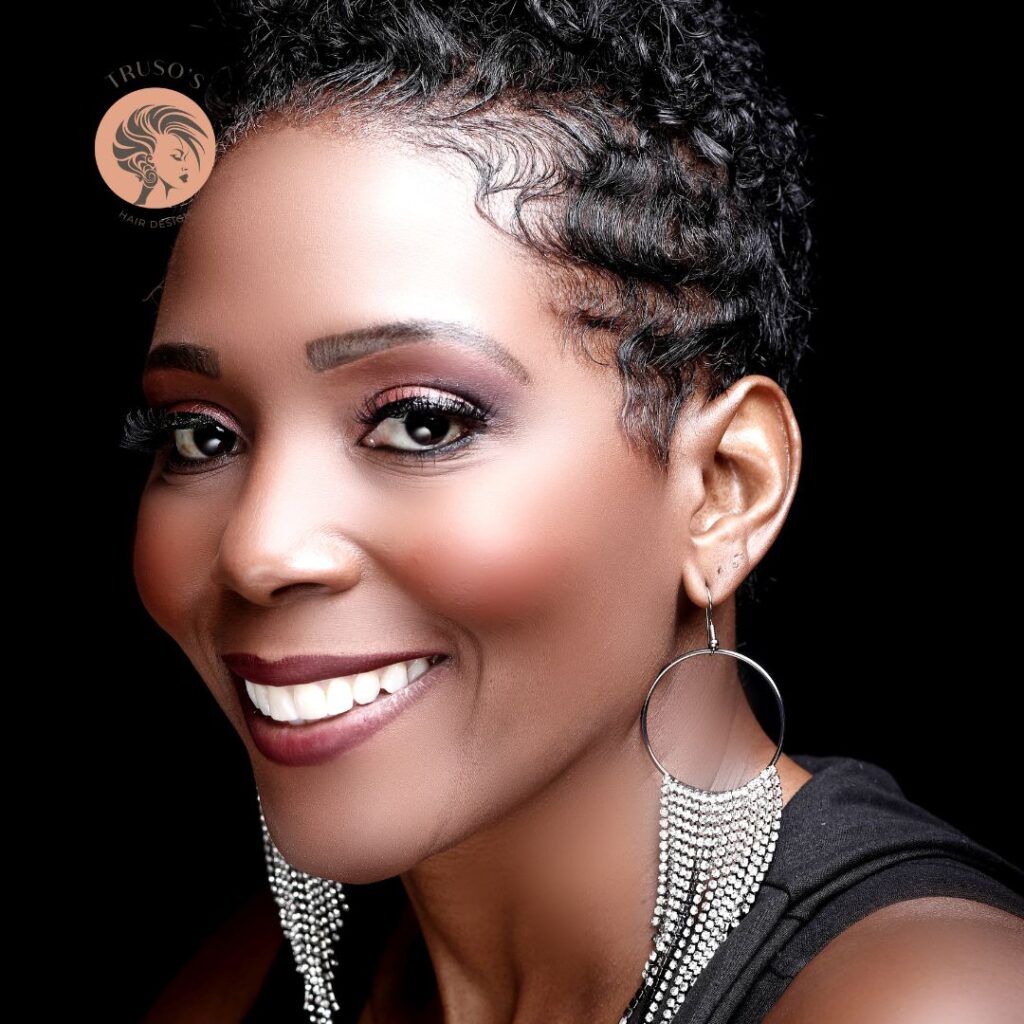What are the Racial Categories of Hair?
Hair is an integral part of our identity and can reflect various aspects of our culture, heritage, and personal style. When discussing hair, particularly in the context of racial categories, it’s essential to understand that hair types can vary significantly across different ethnicities. This article will delve into the racial categories of hair, with a particular focus on African American hair styles.
Understanding Hair Types
Hair can be classified into different categories based on its texture, curl pattern, and thickness. The most common classification system divides hair into straight, wavy, curly, and coily textures. Each of these categories can further encompass subcategories to detail variations within a group.
Straight Hair
Straight hair is typically classified as Type 1 hair and can be found in individuals of various ethnic backgrounds, including Asian and European descent. This hair type is generally smooth, shiny, and lacks curl. Straight hair tends to be more resistant to frizz and can often look sleek with minimal effort.
Wavy Hair
Wavy hair falls into Type 2 and is characterized by its S-shaped waves. This texture can be found in individuals of Mediterranean and some Caucasian backgrounds. Wavy hair can appear in multiple forms, from loose, beachy waves to tighter, more defined ones. It offers the versatility of being styled straight or curly, appealing to those who like to switch up their looks.
Curly Hair
Type 3 hair refers to curly hair, which is generally more voluminous and prone to frizz. Curly hair can be seen in people of African, Caribbean, and some Hispanic origins. The curls can vary in size and elasticity, leading to various African American hair styles. This texture allows for playful styles like afros, ringlets, and layered bobs, representing both individual flair and cultural significance.
Coily Hair
Coily hair, often referred to as Type 4 hair, is densely packed and has a tight curl pattern. This type is most commonly associated with African American hair and is characterized by its shrinkage, making it appear shorter than its actual length. Coily hair can often experience dryness and requires more moisture and care. Popular African American hair styles include dreadlocks, twists, and braids, showcasing the beauty and versatility of this hair type.
African American Hair Styles
African American hair styles are a rich and diverse aspect of Black culture, expressing identity, creativity, and heritage. Understanding the racial categories of hair helps appreciate the uniqueness of these styles.
Braids
Braids are perhaps one of the most recognizable African American hair styles. From classic box braids to cornrows, braiding is an ancient practice that has transcended generations. Braids can be styled in various shapes and sizes, making them a popular choice for protective styling.
Dreadlocks
Dreadlocks, or locs, represent a style characterized by hair that is twisted and matted together. Dreadlocks can symbolize cultural identity, spirituality, and a connection to heritage for many within the African American community.
Natural Styles
In recent years, there has been a significant rise in the acceptance of natural hairstyles among African Americans, with an emphasis on embracing naturally coiled or curly textures. Styles such as the afro, twist-outs, and wash-and-go looks have gained popularity, promoting a message of self-love and appreciation for the natural aesthetic.
Hair Extensions and Wigs
Hair extensions and wigs have also become popular among African American women, allowing for versatile styling options without compromising natural hair. These can range from synthetic to human hair options and provide a way to switch up one’s look easily.
The Cultural Impact of Hair
Hair within the African American community extends beyond mere aesthetics. It’s often tied to cultural identity, self-expression, and social commentary. Many African American individuals take pride in their styles, often representing resilience and a strong connection to their heritage.
Final Thoughts
Understanding the racial categories of hair helps broaden our appreciation for the diversity within hair textures and styles. Each category reflects unique characteristics shaped by genetics, culture, and personal choice. African American hair styles, in particular, encompass a rich tapestry of history, creativity, and identity, encouraging individuals to embrace their natural beauty. By celebrating these differences, we foster a more inclusive dialogue around beauty standards and cultural expression.
Contact us today to schedule an appointment




